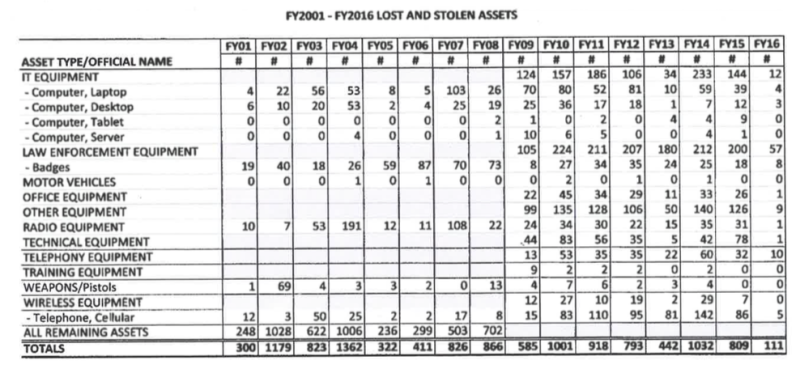Qubes is a security-oriented, open-source operating system for personal computers.
Qubes takes an approach called security by compartmentalization, which allows you to compartmentalize the various parts of your digital life into securely isolated compartments called qubes.
This approach allows you to keep the different things you do on your computer securely separated from each other in isolated qubes so that one qube getting compromised won’t affect the others. For example, you might have one qube for visiting untrusted websites and a different qube for doing online banking. This way, if your untrusted browsing qube gets compromised by a malware-laden website, your online banking activities won’t be at risk. Similarly, if you’re concerned about malicious email attachments, Qubes can make it so that every attachment gets opened in its own single-use disposable qube. In this way, Qubes allows you to do everything on the same physical computer without having to worry about a single successful cyberattack taking down your entire digital life in one fell swoop.
Source: Qubes OS Project
It runs lightweight Virtual Machines for your processes (Qubes) which isolate them, making sure they don’t infect other parts of your machines.
Whonix is a desktop operating system designed for advanced security and privacy. It realistically addresses attacks while maintaining usability. It makes online anonymity possible via fail-safe, automatic, and desktop-wide use of the Tor network. A heavily reconfigured Debian base is run inside multiple virtual machines, providing a substantial layer of protection from malware and IP leaks. Pre-installed applications, pre-configured with safe defaults are ready for use. Additionally, installing custom applications or personalizing the desktop will in no way jeopardize the user. Whonix is the only actively developed OS designed to be run inside a VM and paired with Tor.
This safeguards your privacy by running on 2 VMs in your OS, so it can’t know much about what your computer is doing.
Whonix
Then there is tails, which has as advantage that it runs off a USB stick. This does, however, mean that every time you restart, everything resets. This ensures the base package stays clean, but updates to software or personal documents cannot be part of your tails.

